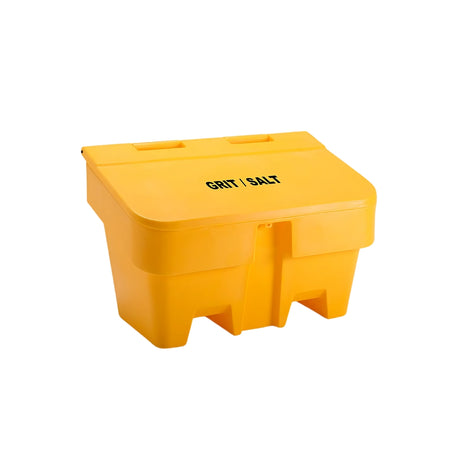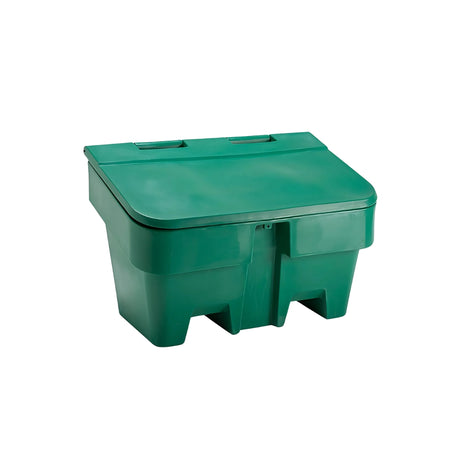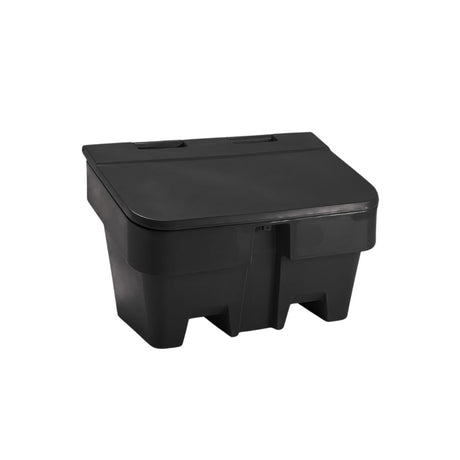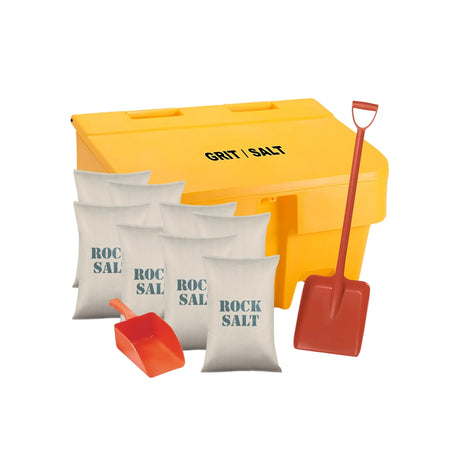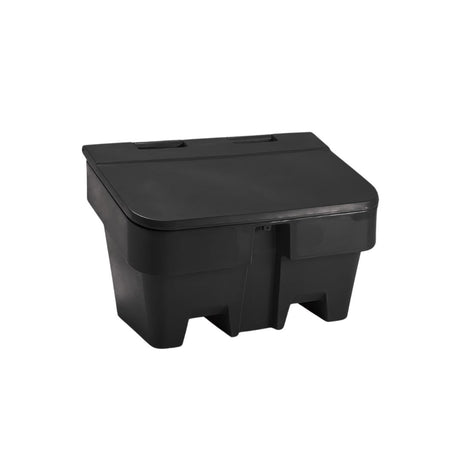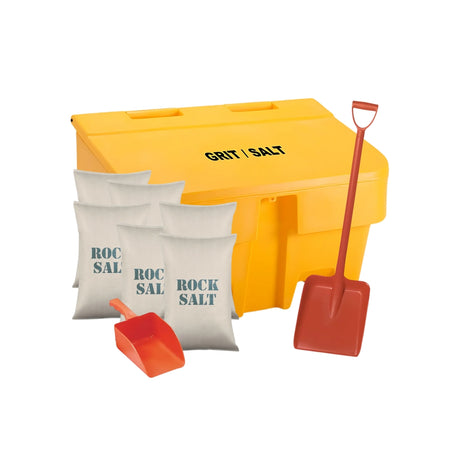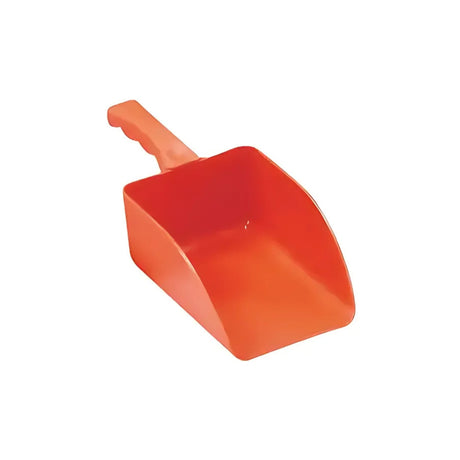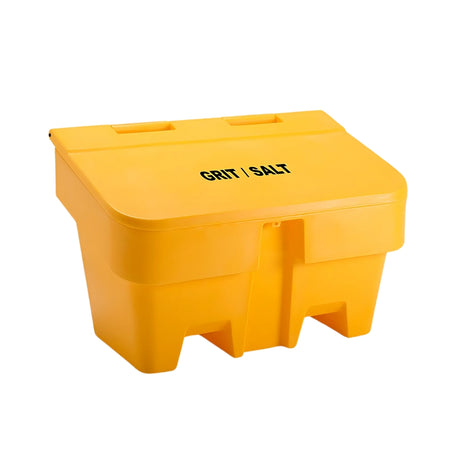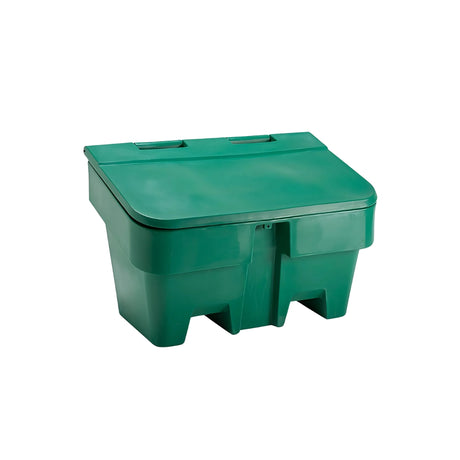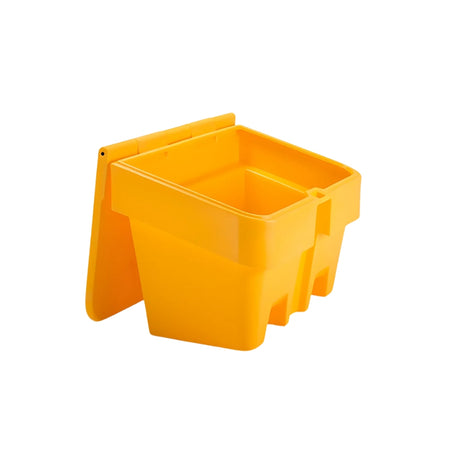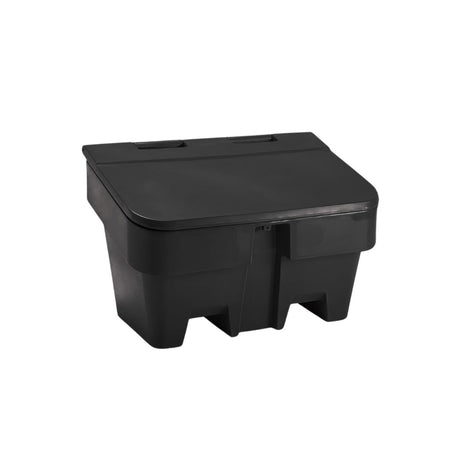Snow and ice can quickly disrupt how your site runs - slowing deliveries, creating slip hazards, and making outdoor work areas unsafe. Here are the most common winter questions UK workplaces are searching for right now, answered simply and clearly.
How does winter weather affect workplace safety?
Cold weather increases slip risks and slows down workflow. The main issues include:
- Icy paths, steps and car parks
- Slippery ramps and loading areas
- Wet or frozen packaging that’s harder to handle
- Reduced visibility during early mornings and evenings
Simple steps like clear gritting routes, visible grit bins and early-morning checks make a big difference.
Why do loading bays become so dangerous in winter?
Loading bays collect ice fast and are already high-traffic areas. In winter, risks rise because:
- Vehicles lose traction on icy ground
- Pallets and cages slide more easily
- Staff work close to moving vehicles without good grip
Pre-gritting before shifts start and keeping bay edges clear helps keep deliveries moving.
How do I keep walkways and routes safe during snow and ice?
Focus on the routes people use the most:
- Main entrances and fire exits
- Walkways between buildings
- Goods-in, goods-out and forklift lanes
Place grit bins where staff can reach them easily - not hidden in corners - and keep tools nearby for fast spreading.
What can organisations do to minimise delays during icy weather?
Winter delays usually come from last-minute reactions. Stay ahead by:
- Checking the forecast and gritting before frost hits
- Keeping delivery routes and turning circles clear
- Giving teams a simple “first jobs” list for icy mornings
How should organisations store salt and winter materials?
Salt only works when it’s dry. Keep it stored in:
- Weatherproof grit bins with secure lids
- Visible, easy-to-access locations
- Smaller bins along key routes, not one large bin far away
Top up before cold snaps, not during them - it saves time and reduces morning disruption.
→ Learn more about grit bins, salt storage, and winter site preparation




